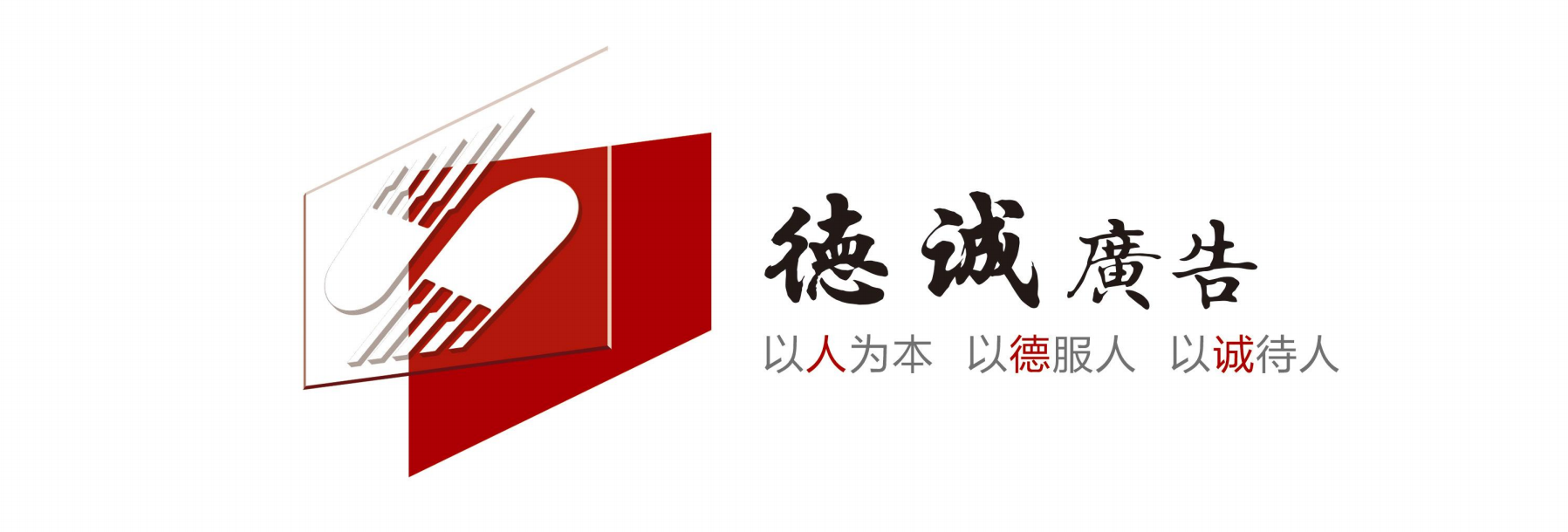Emerging economies showed some of the largest increases in research output in 2018, according to estimates from the publishing-services company Clarivate Analytics. Pakistan and Egypt topped the list in percentage terms, with rises of 21% and 15.9%, respectively.
China鈥檚 publications rose by about 15%, and India, Brazil, Mexico and Iran all saw their output grow by more than 8% compared with 2017 (see 鈥楥ountries with biggest rises in research output鈥?.
Globally, research output rose by around 5% in 2018, to an estimated 1,620,731 papers listed in a vast science-citation database Web of Science, the highest ever (see 鈥楻esearch output rose again in 2018鈥?.
This diversification of players in science is a phenomenal success, says Caroline Wagner, a science and technology policy analyst at Ohio State University, and a former adviser to the US government.
鈥淚n 1980, only 5 countries did 90% of all science 鈥?the United States, the United Kingdom, France, Germany and Japan,鈥?she says. 鈥淣ow there are 20 countries within the top producing group.鈥?/p>
The estimates were compiled for Nature by Clarivate, which owns Web of Science, and the analysis focused on 40 countries that have at least 10,000 papers in the database. The whole-year projections are based on the number of research and review papers published between January and August, because there is a time lag between papers being published and them appearing in the database.
Joshua Schnell, a senior adviser at Clarivate based in Rockville, Maryland, says that the results are comparable to annual increases over the past few years, and that the trend is expected to continue into 2019.
Rising in the ranks
It鈥檚 not yet clear what has driven the strong gains by Egypt and Pakistan. One reason could be that b锘縪th countries started from a low base 鈥?near the bottom of the list of top 40 countries in overall numbers of papers, says Robert Tijssen, head of science and innovation studies at Leiden University in the Netherlands.
The figures might also reflect changes in how the database is curated, which has added more local or national journals to the mix. But some geographical regions, notably in Africa, are still under-represented, says Tijssen.
Increases in funding and international collaborations might also have boosted the rise in publications in Egypt and Pakistan, say Tijssen and Wagner.
In China, the gains follow two decades of strong policy-driven growth in science and higher education, says Tijssen.
Wagner also expects that China might soon overtake the United States to become the largest producer of publications 鈥?it is now only about 35,000 papers short. By some measures, China has already overtaken the United States.
The quality of China鈥檚 science in terms of citations is also increasing, says Wagner. But for this to continue, the country will need to remain open to global influences, she says. China鈥檚 censorship of Internet sources has left scientists complaining of blocked databases and limited Internet searches, she notes.
鈥淎s you become more [globally] engaged, you also know what鈥檚 at the leading edges of science,鈥?says Wagner. 鈥淎nd that is so important in order to catch the really top-level citations.鈥?/p>
 时尚街拍网
时尚街拍网














